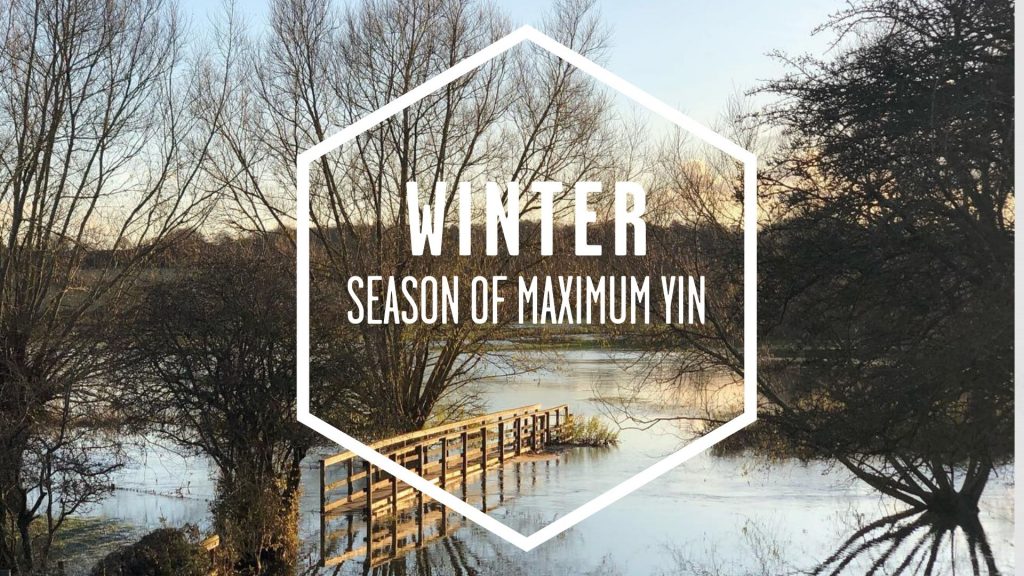
As we approach the winter solstice this year, Rakhee Jasani talks to Mimi Kuo-Deemer about how this season is marked in Chinese Five Element Theory. In this conversation Mimi explains how honouring winter as the season of maximum yin can impact our wellbeing.
For many years, I found winter exhausting: the short days and long, cold nights. Pairing busy work days with invitations to parties, buying gifts and burning the candle at both ends left me with a feeling of letdown in January. One January, a few years ago I attended a workshop with Mimi Kuo-Deemer exploring Qigong for the winter season. I began to glimpse what it might mean to approach winter as the season of maximum yin.
It was a restful day of deep internal exploration. I remember leaving the workshop into a world turned white and picking my way gingerly down a hill over freshly fallen snow. My overriding memory even now is of a sense of deep peace and stillness. I had touched a way in which to maximise my wellbeing during this season. I can summon up this feeling even now. The workshop marked a turning point in how I plan my winters. You can find my conversation with Mimi about winter below. The questions are mine, the answers hers.
How can we understand ourselves through nature and its seasons and elements?
Winter, falling at the end of the year, corresponds to the element of water. It marks the fifth season in Chinese Element theory, which believes each element corresponds to a season as well as organ and meridian system of the body. The elements and organ systems, like the seasons of the year, move harmoniously between energies of yin and yang.
The relationship of yin and yang are a way of looking at the world as a way of balancing opposites that are part of a whole. At a time of maximum yin, you will always find a seed of yang within it, and vice versa. They are never separate. You can see this in nature: even in the coldest, darkest days of winter, trees have buds starting to form and grow. We can see ourselves like this too: each of us is a microcosm of the macrocosm. If nature is balanced and whole, the Chinese model for health sees the human body as having that same potential. All we have to do is embrace this and realign with it to come back into balance and discover optimum health.
Can you say a little more about winter and qigong?
In Chinese medicine and qigong, winter is a time for storing rather than expending energy. Summer is marked by maturity and growth, or energy rising upwards. Winter is a time of a natural drawing inwards and downwards, a tendency we can observe in the natural world. Plants store up resources through their root systems, waiting for spring for their next burst of growth. Nature shows us the wise way to be: we should follow a period of busyness with a time for deep rest. By living with the cycle of nature we begin to understand that rest is not a shortcoming; rather it nourishes our capacity for deep listening and allows us to nurture a deeper wisdom. It’s natural to want to draw inwards at a time when temperatures are cold, our movement is slowed down and our days are shorter.
How does this tie in to the five elements that informs this way of looking at the world?
Water in the Chinese Element model reflects ideas of humility, fluidity, soft strength and creativity. It flows to the lowest places people disdain, and nourishes all things without asking for anything in return. Over 60% of our bodies are made up of water and 70% of the earth’s surface is covered in this element. Water is malleable: it is liquid and flowing, or manifests as solid ice or vaporises as steam. The following description of water comes from the Tao Te Ching: “Nothing in the world is as soft and yielding as water, yet for dissolving the hard and inflexible, nothing can surpass it.”
In our bodies, this element is associated with the kidneys and urinary bladder, organs associated with deep stores of life energy. We can understand water as having a cooling quality: a pooling of tranquility and of drawing downwards. This is as opposed to the qualities of fire which are perfect for upward growth generated by heat. When the element of water is in balance in our bodies, we should feel a fluidity and in the flow. When out of balance, we could feel either sluggish or stagnant or perhaps forceful like a raging torrent.
What’s the link between winter and deep listening?
Each element in Chinese medicine has an associated sense organ and for water it is the ear. Winter is the perfect time for deep inner listening. The Chinese character for ‘to listen’ includes the radicals for the heart, the eye and undivided attention. Listening therefore has a heart quality. Many traditions include listening to silence as a deeply spiritual practice. Think of Buddhist meditators, yoga practitioners, Quakers and Catholics. A beautiful practice from Qigong which can help tap into this sense of stillness is embryonic breathing.
>> You can try this Embryonic Respiration for yourself in this Qigong breathing class <<
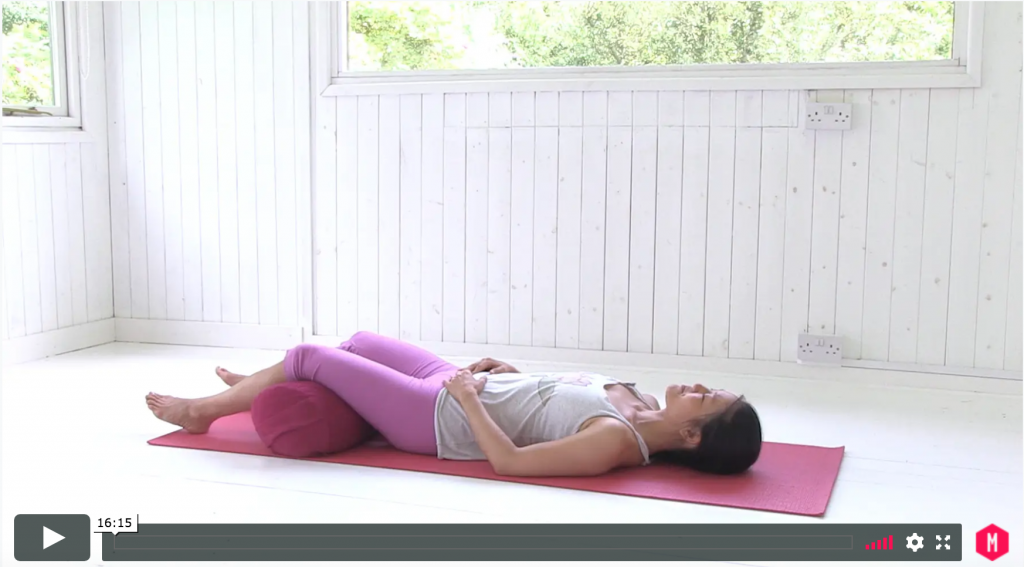
How do you feel that practices like Qigong help us to embrace winter as the season of maximum yin?
Qigong has enabled me to feel a deep respect for nature and therefore my own body. I am more aware of my relationship to the natural world. This has helped me and my students remember that all that is around us is also always within us. We are all part of something more than just ourselves which is fluid and always changing. Winter offers us a unique opportunity to experience this for ourselves.
Where can I find out more about these ideas?
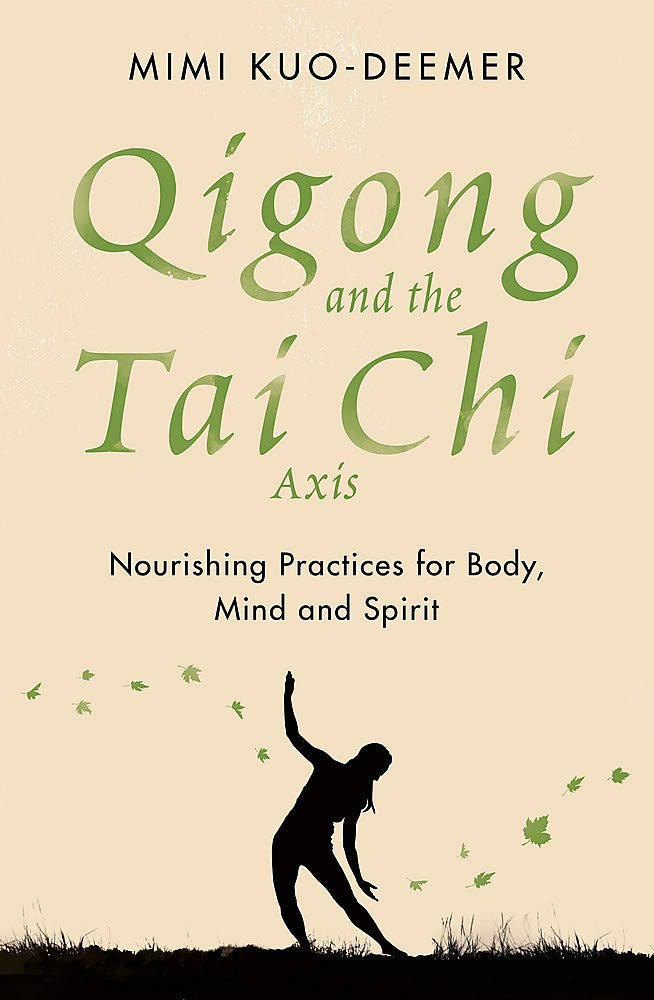
In my book Qigong and the Tai Chi Axis, I explore how we can maintain our health and wellbeing through developing an understanding of the relationships between the five elements and yin and yang. I talk about how we can find balance within the Tai Chi Axis and how we can work with the seasons to work towards this balance.
About Mimi Kuo Deemer:
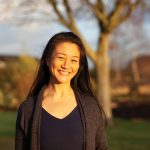
Mimi Kuo-Deemer is dedicated to living, sharing and evolving the art of xiu yang, or the Chinese art of self-cultivation. She does this by practicing and teaching yoga, qigong and mindfulness meditation. An author and teacher of both students and other teachers for over 20 years, she champions the balance of playfulness and precision.
About Rakhee Jasani:
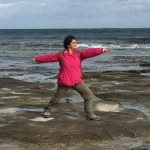
Rakhee Jasani is MFML’s wordsmith maven, bringing together the blogs and courses on the site. When not immersed in words, Rakhee teaches yoga and is a long-term student of Mimi’s.





Leave a Reply